You have a variety of options available to you when choosing speakers for your home theater. Instead of other models, including bookshelf or floor tower speakers, it is advised that you choose in-wall rather than in-ceiling speakers. This article compares the advantages of in-ceiling speakers against in-wall speakers to help you decide which is best for your needs.
In Ceiling Vs In-Wall Speakers
In-Wall Speakers
The term "in-wall speakers" refers to speakers that are installed inside your walls and have a rectangular shape. These speakers can be used to play music continuously in several rooms as different front and back speakers and as left and right speaker channels.
ceiling speakers versus in-wall speakers Integrated Speakers
This speaker may be larger than those in the ceiling. The most typical measurement is 8 inches. Because they can be fired horizontally, sound can be distributed evenly throughout the living room as opposed to being reflected from the ceiling as it is with ceiling speakers.
In contrast to ceiling speakers, which place the tweeter in front of the bass driver, in-wall speakers place it next to the bass driver. The ceiling section addresses all additional ideas on backboxes, amps, and managing a single speaker around insulation.
Advantages
In-wall speakers provide good sound quality and flexible mounting options. Additionally, their soundstage is bigger. All home theatre systems would benefit greatly from these speakers.
Sound Quality
Because in-wall speakers are larger and more extensive, they may handle various sound technologies and features. Compared to speakers on the ceiling, this one may be more powerful and produce a higher-quality sound.
They do more than only add a downward-firing sound dimension. When installed on several walls inside a space, they can also add the sound of various sizes.
Adaptability In Positioning
In-wall speakers work nicely with any wall. They may be positioned in the room's front, back, or sides. Music aficionados can be mounted on walls to produce sound throughout a home.
There are numerous options if outdoor speakers are of interest to you. Be sure to look for speakers designed specifically for outdoor use if you choose to go down this route.
A Bigger Soundstage
Large areas benefit greatly from in-wall speakers. They can be used to fill in spaces between rooms and spread sound around the living area. This is a really fun way to pass the time. For a robust audio experience, place these ceiling speakers vs wall speakers across your main living space, kitchen, and dining room.
Disadvantages
In-wall speakers are more challenging to install and have a louder, more intense sound. They are typically more expensive and extensive, though.
More costly
In other cases, a single in-wall speaker is still reasonably priced. They cost from $40 to $150+ and may be purchased offline or online.
They cost a little bit more than regular ceiling speakers as a result. Although these speakers have advantages, they might not be affordable for everyone.
In-Ceiling Speakers
Circular speakers designed to nestle into your ceiling are the most common type of in-ceiling speakers. Speakers work well installed in ceilings since they are out of the listener's line of sight and add to the auditory experience.

Downward-firing in-ceiling speakers are available as a set or individually. Individual in-ceiling speakers cost only $40 to $50 each for high-quality speaker equipment.
It is possible to use ceiling speakers in one room or several. They can be used to create a sound that easily reverberates in a variety of spaces, such as the background music at a sizable gathering. The versatile, unobtrusive surround sound experience they provide both indoors and outside will appeal to those who enjoy entertaining.
Advantages
In-ceiling speakers won't detract from the aesthetic of your space, but if you're still concerned, you could always mount them on the wall instead, as we've previously discussed. They enhance your sound and are hidden from your line of sight. Additionally, they are affordable.
Attractive
Your dedicated theatre room, main living area, or outdoor entertainment area will all look great with in-ceiling speakers. No matter where they are, they won't detract from a tidy, upscale appearance.
Sound in Multiple Dimensions
With in-ceiling speakers, your sound will soar higher and fill the room with more sound. In-ceiling speakers give your sound more height, whether it is produced by a sound base, a soundbar, or a conventional surround sound setup with a receiver.
Beyond Sight
In-ceiling speakers are a great choice because they are in a great place and add dimension to your sound system. A fantastic spot to hide from view is the ceiling. Speakers are there to be heard, not to be observed. In comparison to in-wall speakers, they are smaller and more compact, which also helps to make them less noticeable, which is excellent.
Budget Friendly
You may install as many in-ceiling speakers as your budget will allow at a modest cost of about $40–$50 per speaker and arrange them wherever you choose. It is a very cost-effective alternative for enhancing your sound system because sets of five can cost around $150.
Disadvantages
In-ceiling speakers have numerous benefits, but they also have some drawbacks, such as a limited sound range, a lack of technology, and the requirement to purchase a number of them or a package in order to obtain the desired effect.
Limited Sound Field
Compared to in-wall speakers, in-ceiling speakers are more compact. They have a smaller sound field than bigger in-wall speakers because they are normally 6.5 inches (but they can be as large as 8 inches). This might not be a benefit to you, depending on your needs.
Lower Technology
In-ceiling speakers can only fit so much technology into a 6.5-inch speaker shell due to their compact size. Most in-ceiling speakers are for easy listening rather than powerful sound, in contrast to larger in-wall speakers.
Need to Purchase More
Since in-ceiling speakers are smaller and have a limited sound area, it is advisable to purchase a number of them. They are available in sets, although a set costs almost the same as a single high-quality in-wall speaker. Additionally, adding more speakers requires extra work during installation, including drilling holes and wiring.
Can They Be Swapped Out?
In many situations, in-wall and in-ceiling speakers can be used interchangeably. The two will sound comparable when placed in their flipped positions, but the hole sizes and shapes will differ upon installation.
You may be shocked to learn that using in-ceiling speakers as in-wall speakers doesn't significantly alter the sound quality if you have already purchased in-ceiling speakers.
You should be aware that you'll probably receive the quality you paid for if you decide to mix and match in order to save money. Purchasing something like the Arylic In-Ceiling Speakers, for instance, will be significantly less expensive than a set of Sonos Architectural in-ceiling speakers. So make sure that when you're trying to decrease costs, you're also taking into account your needs for overall quality.
Which is superior?

Your needs and your budget will determine which in-ceiling or in-wall speakers are the best fit for you. Each has advantages and disadvantages, but they are each used for various things. In-ceiling speakers are an excellent option if you want to expand the sound system's range and add additional dimension at a reasonable price. You'll appreciate the adaptability, portability, and heightened sound dimension.
In-wall speakers are an excellent option if you want to produce a strong, three-dimensional sound at a greater cost. The enormous size produces a fantastic, wide-area sound and still allows for some placement flexibility. You can always think of inventive methods to "hide" them or divert attention from them.
Remember that in some circumstances, you can substitute one for the other. If you decide to change your mind, it might be a good idea to start by simply moving the original speaker or speakers.


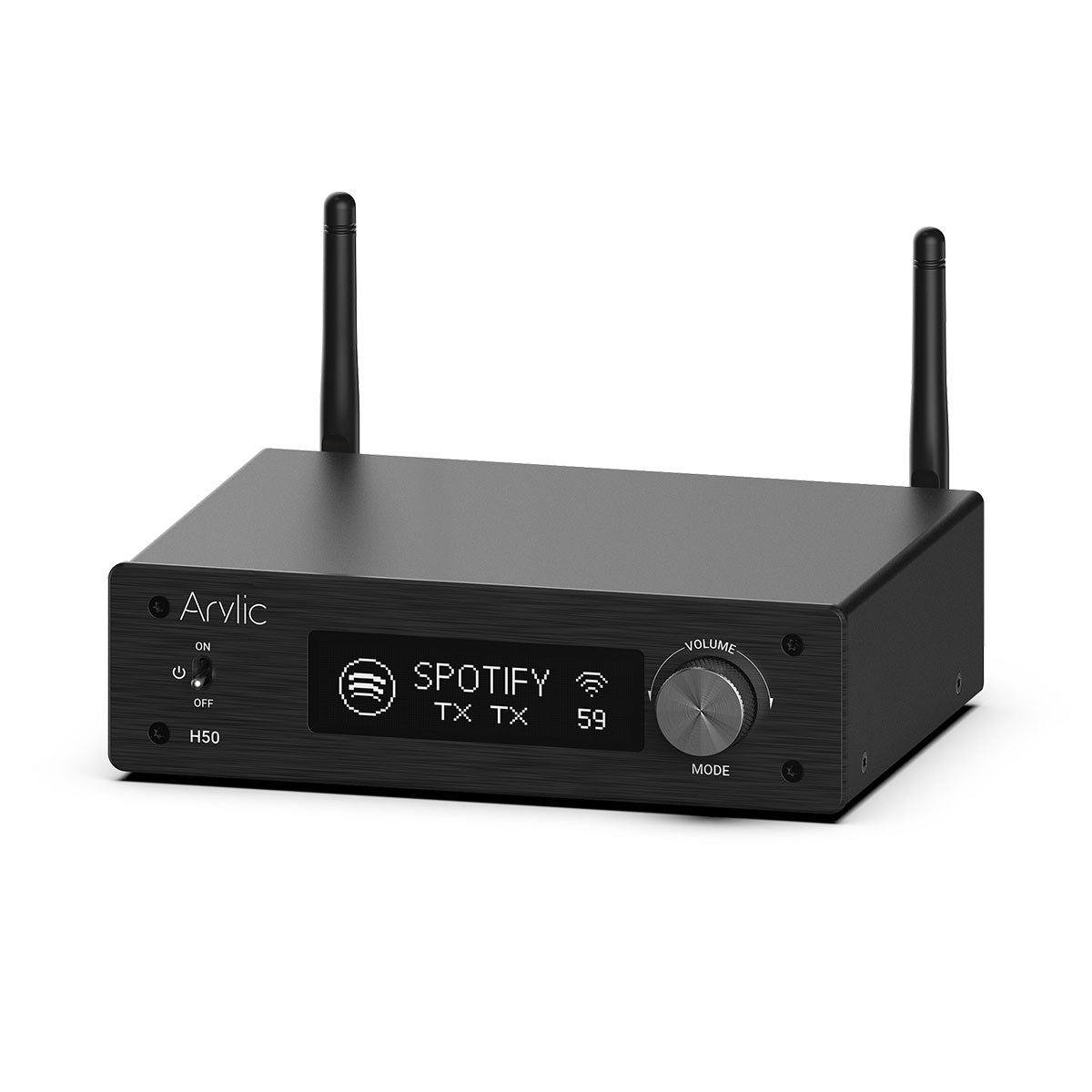
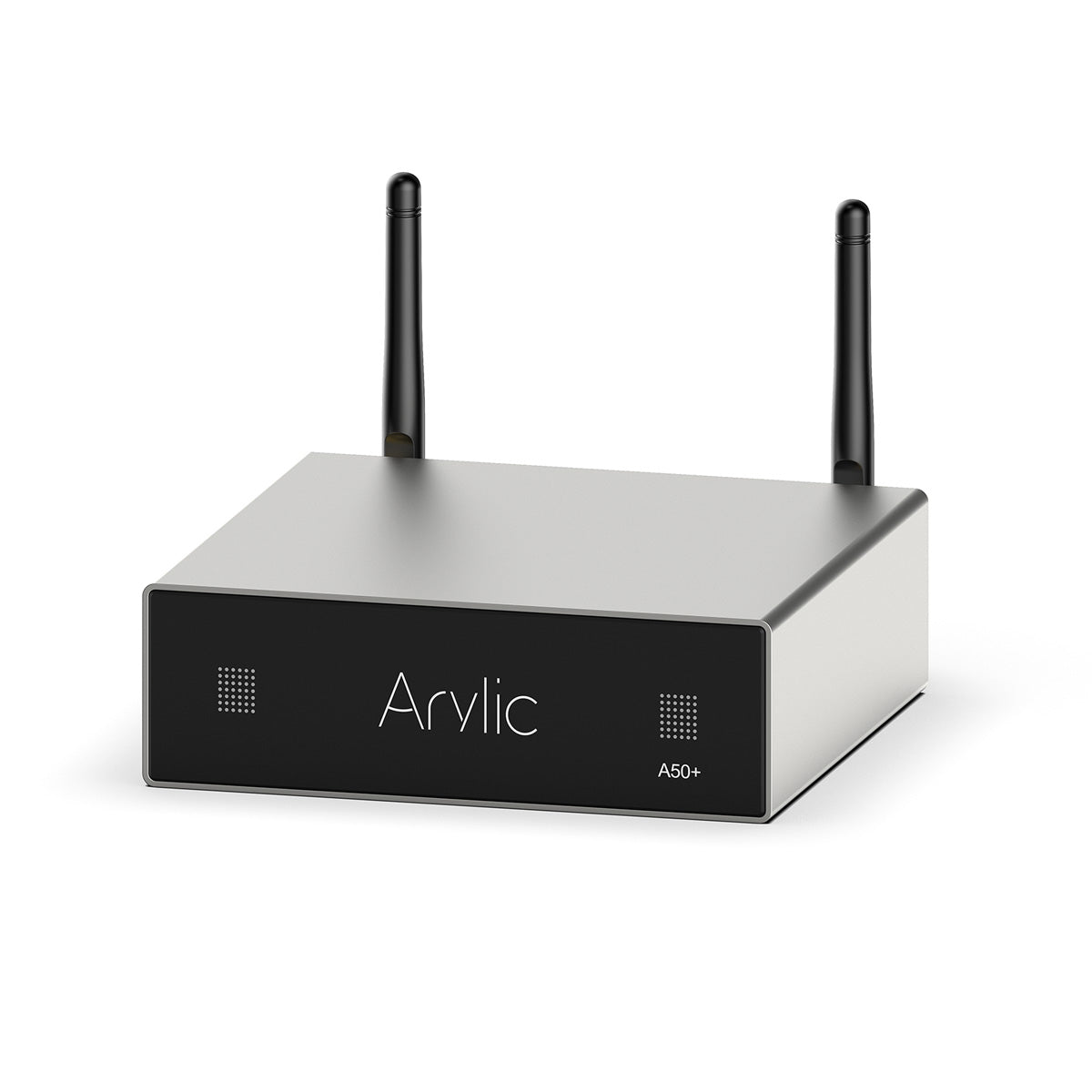
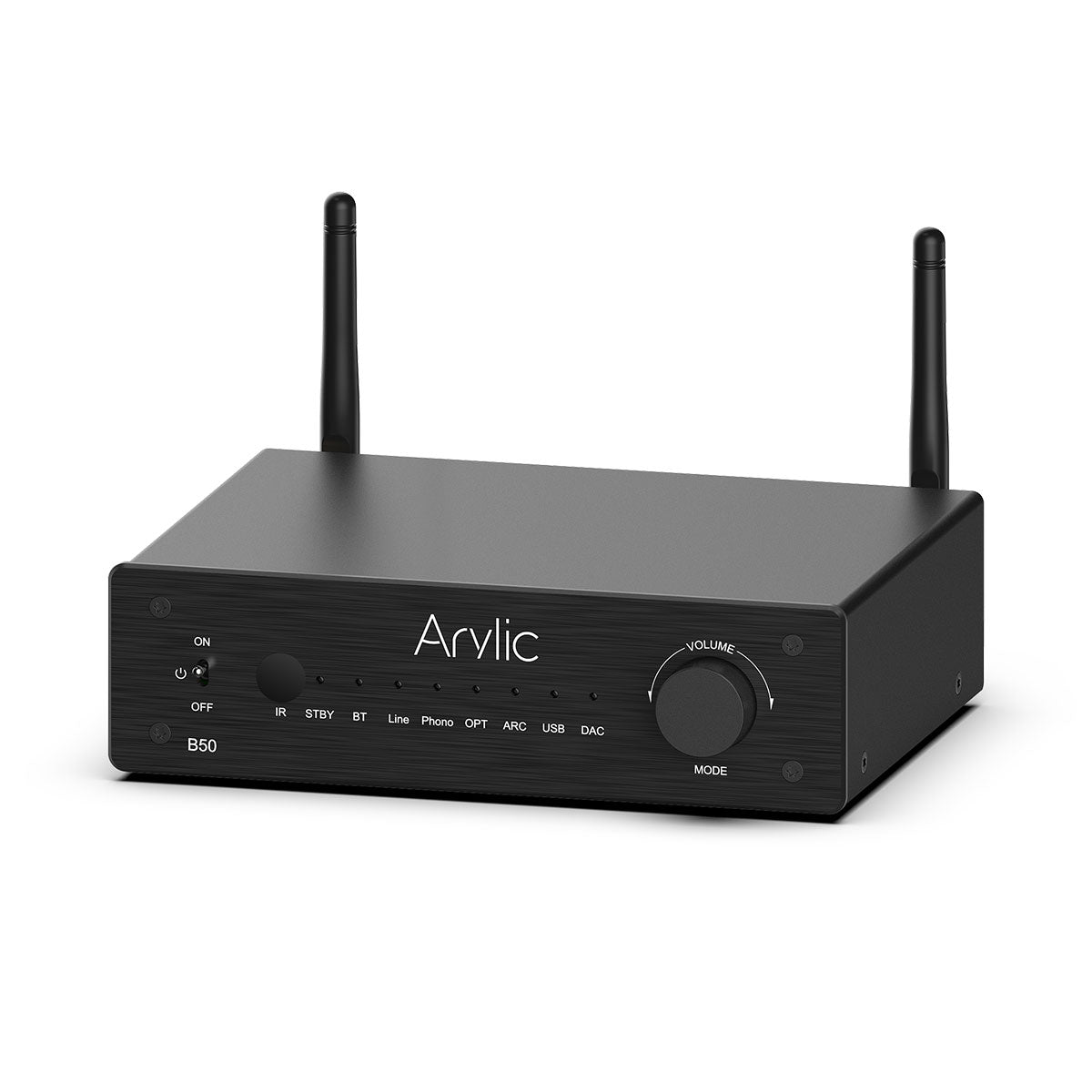
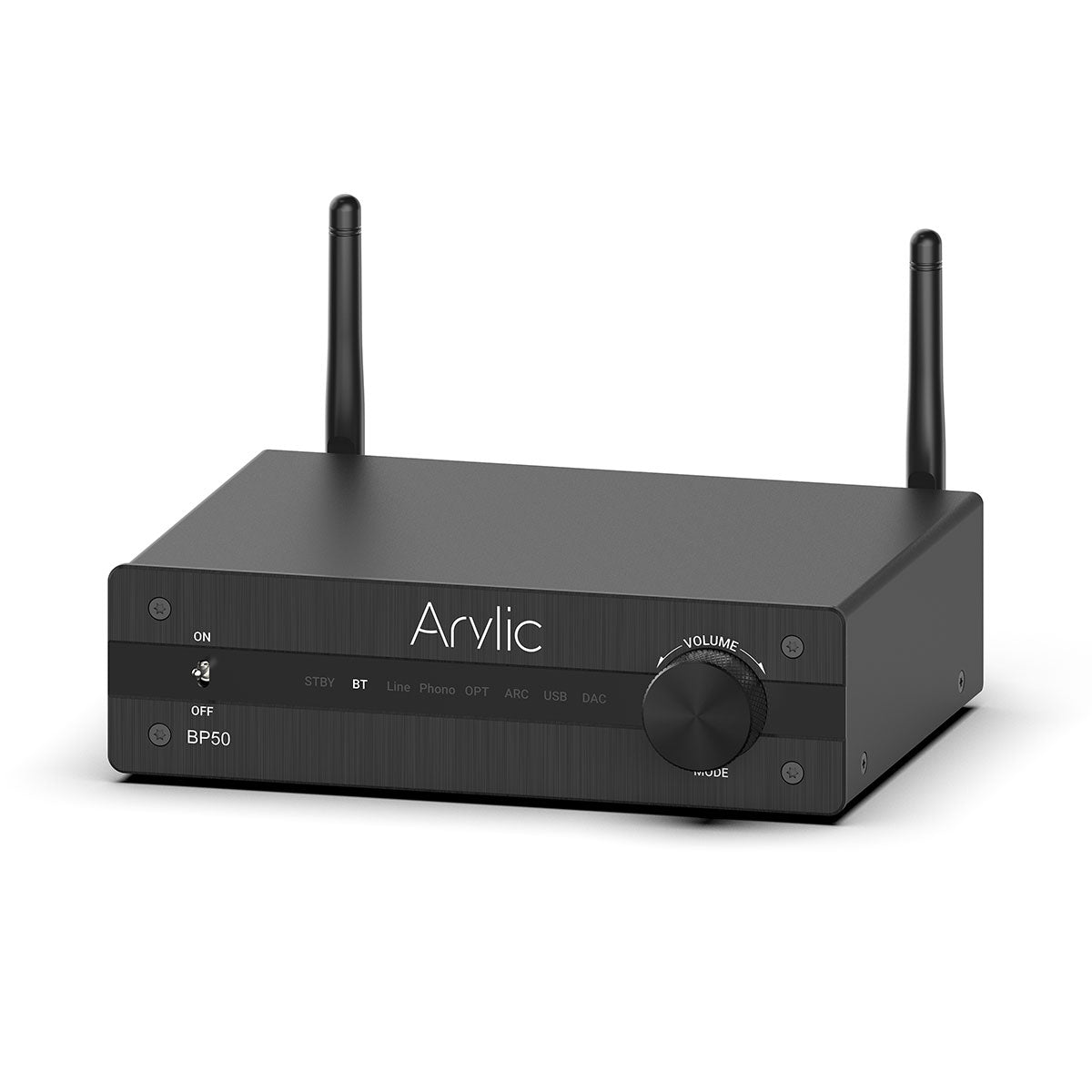
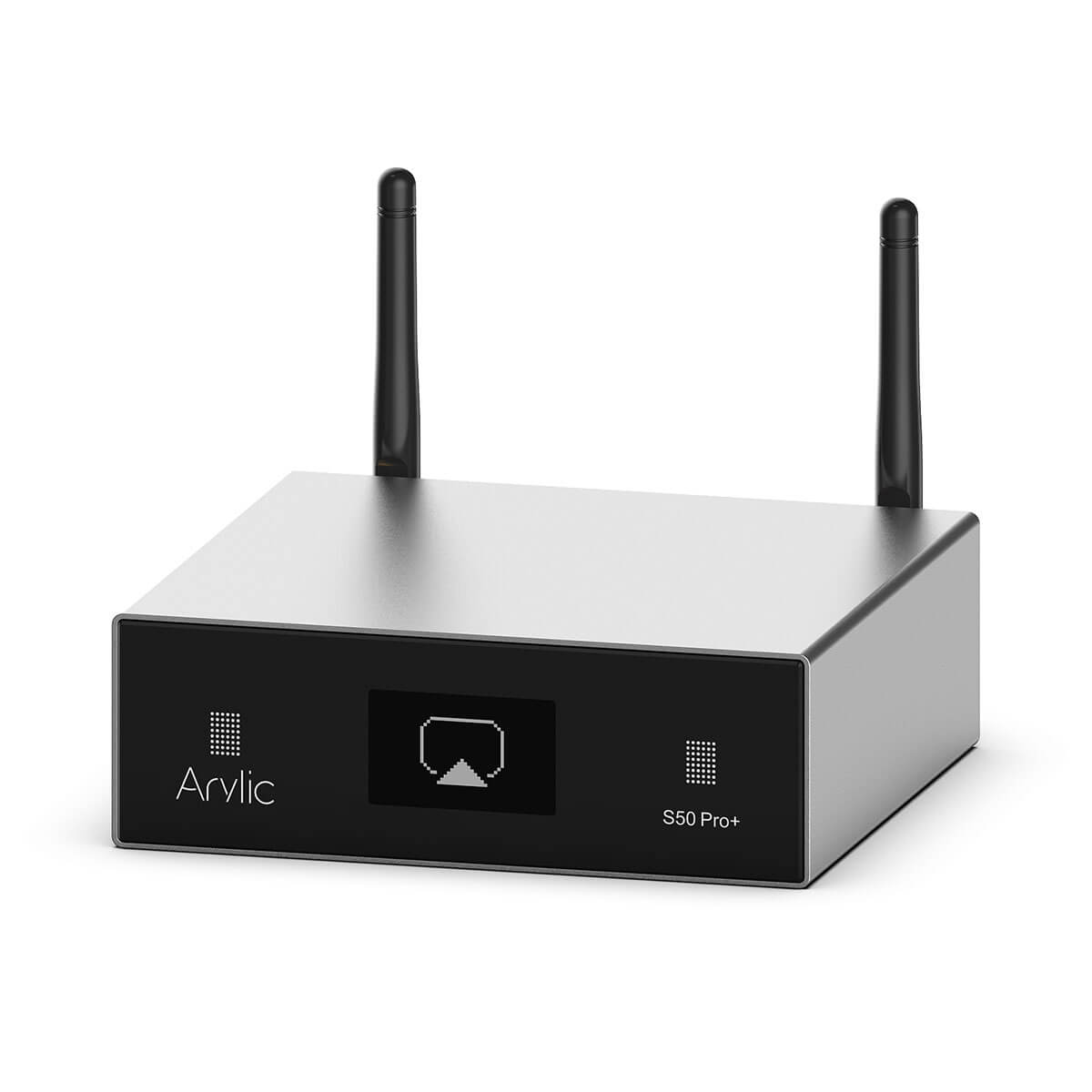
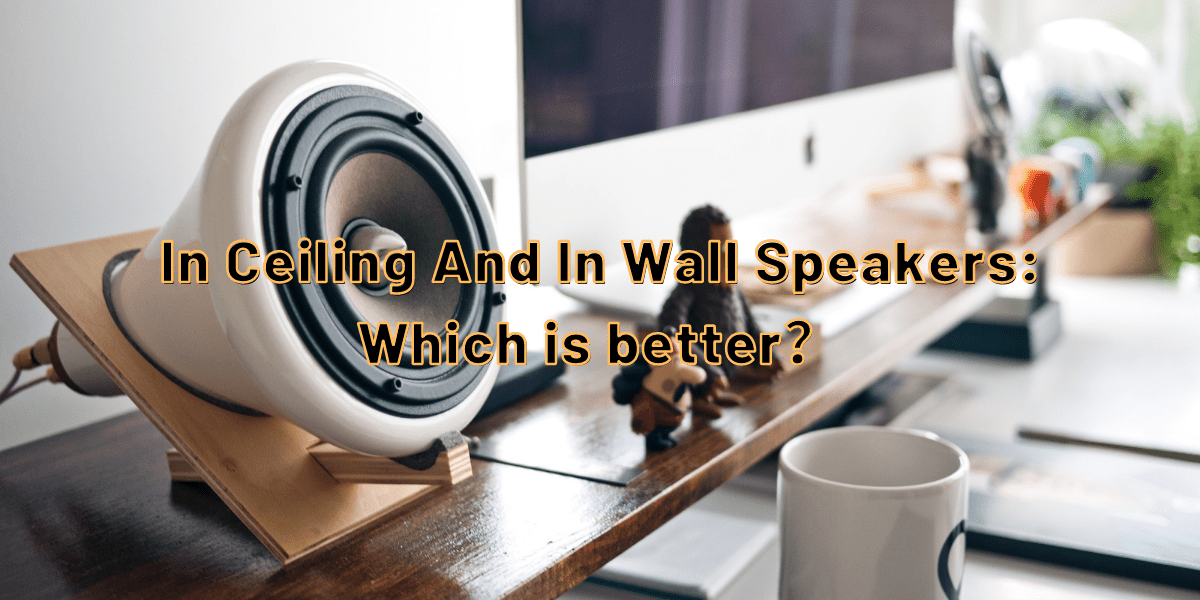

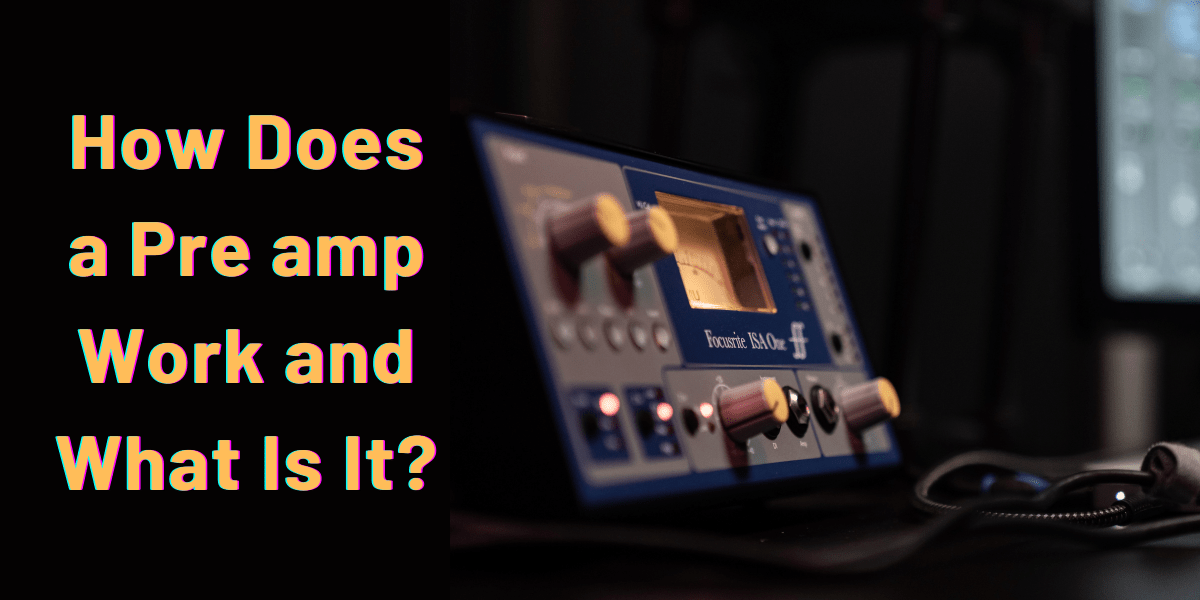
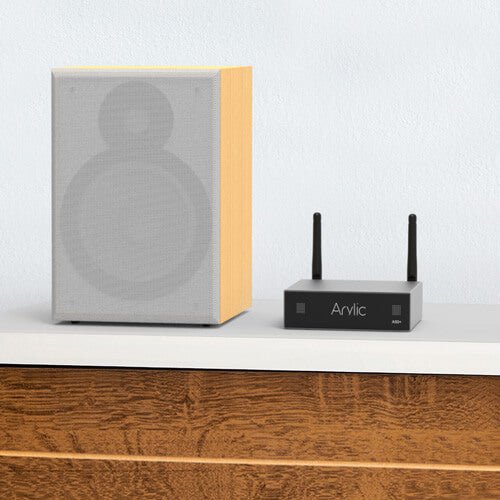
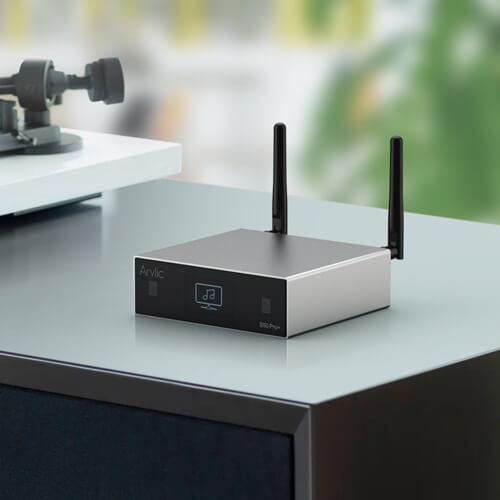
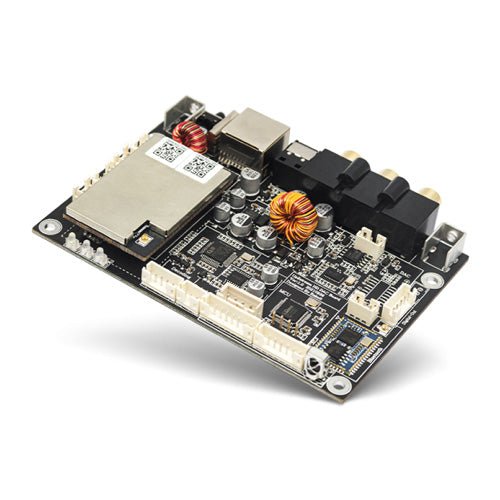
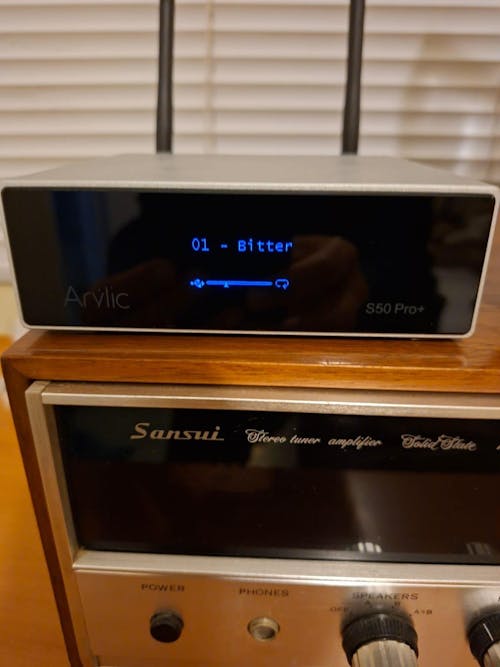
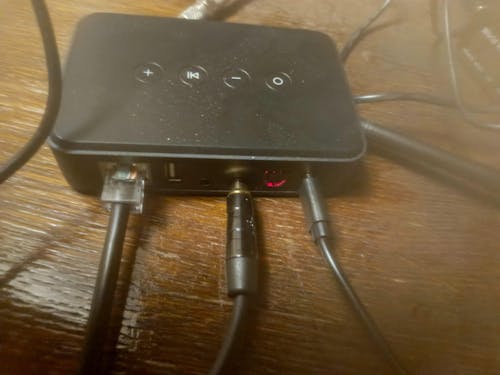
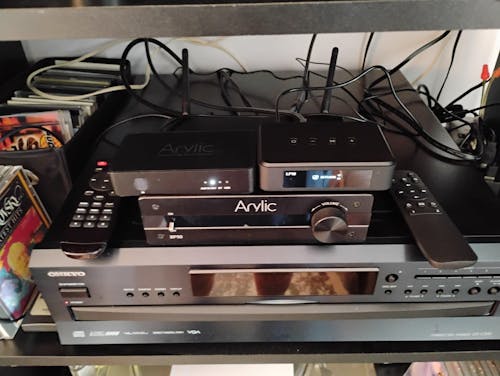
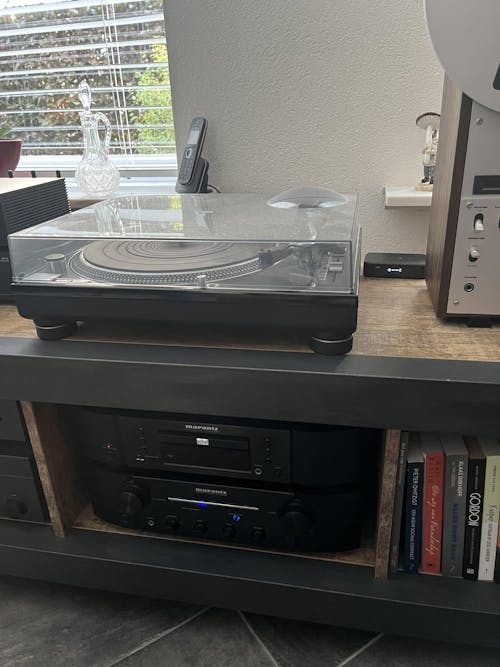
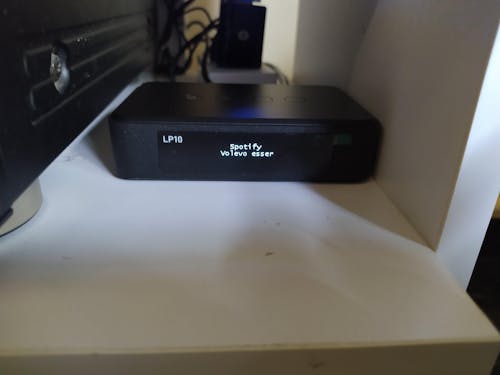
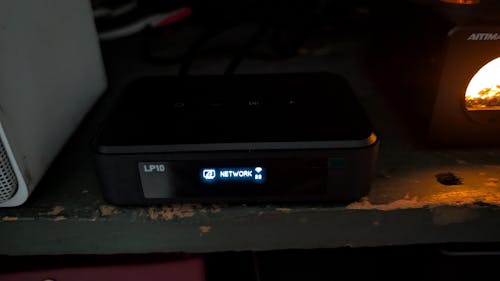
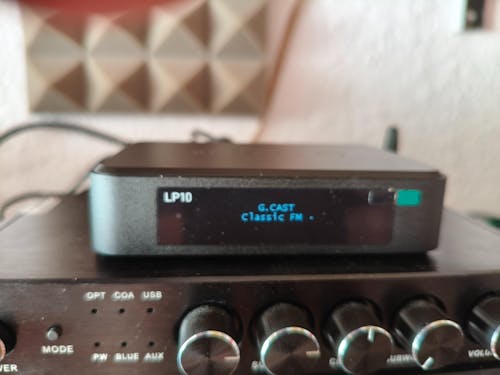


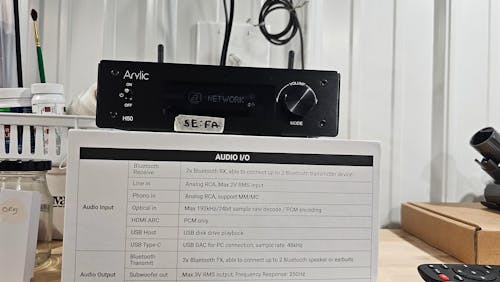
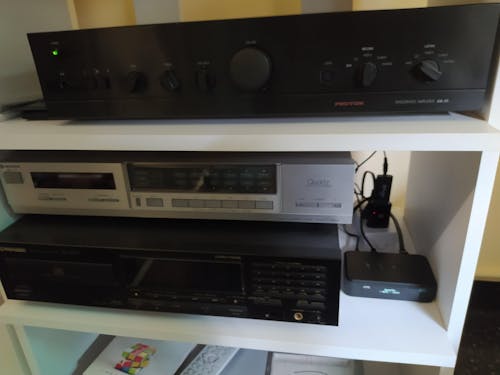
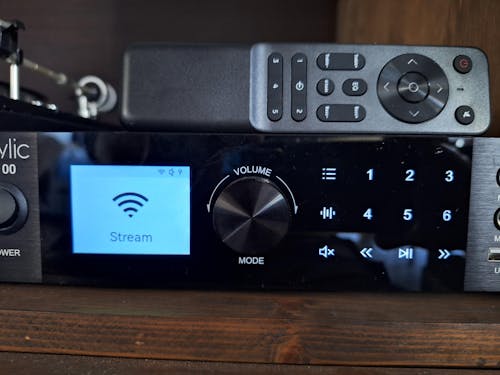
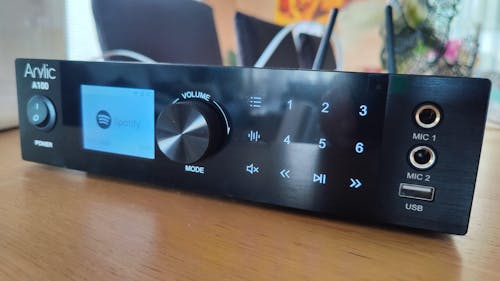

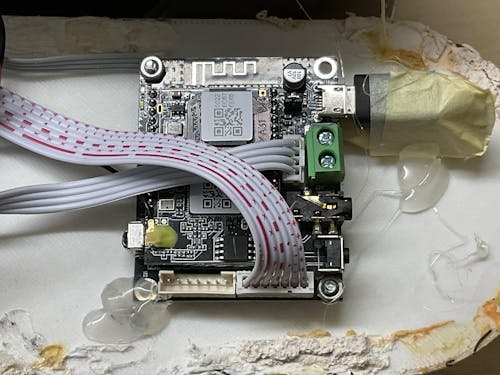
Leave a comment
All comments are moderated before being published.
This site is protected by hCaptcha and the hCaptcha Privacy Policy and Terms of Service apply.